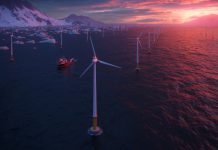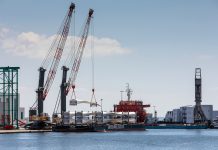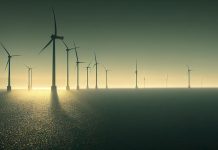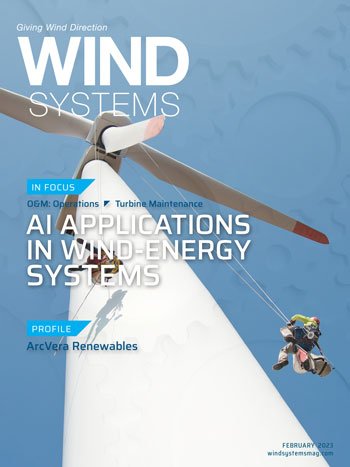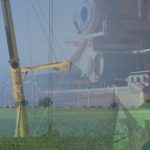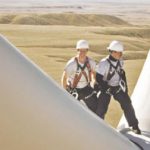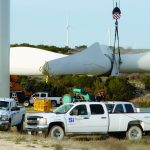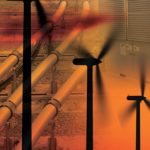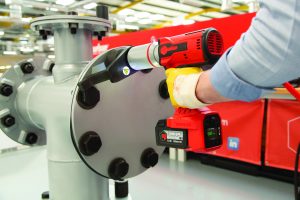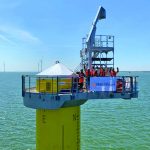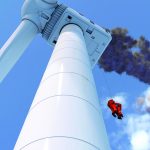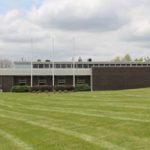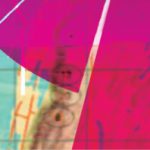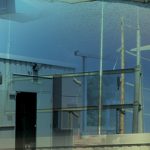Keeping a wind farm up and running is a monumental task made up of a myriad of smaller — but by no means less important — tasks. The same is true for solar, battery, green hydrogen or hybrid renewable facilities.
ArcVera Renewables keeps a handle on many of those tasks with experience and expertise that runs deep.
“If you think of anything technical, we probably do it,” said John Bosche, president and principal mechanical engineer at ArcVera.
Developers, owner-operators, and sometimes turbine vendors make up the bulk of ArcVera’s client base. The company’s expertise is applied to all manner of renewable energy projects globally, and covers from inception — prospecting — through development, financing, and operations.
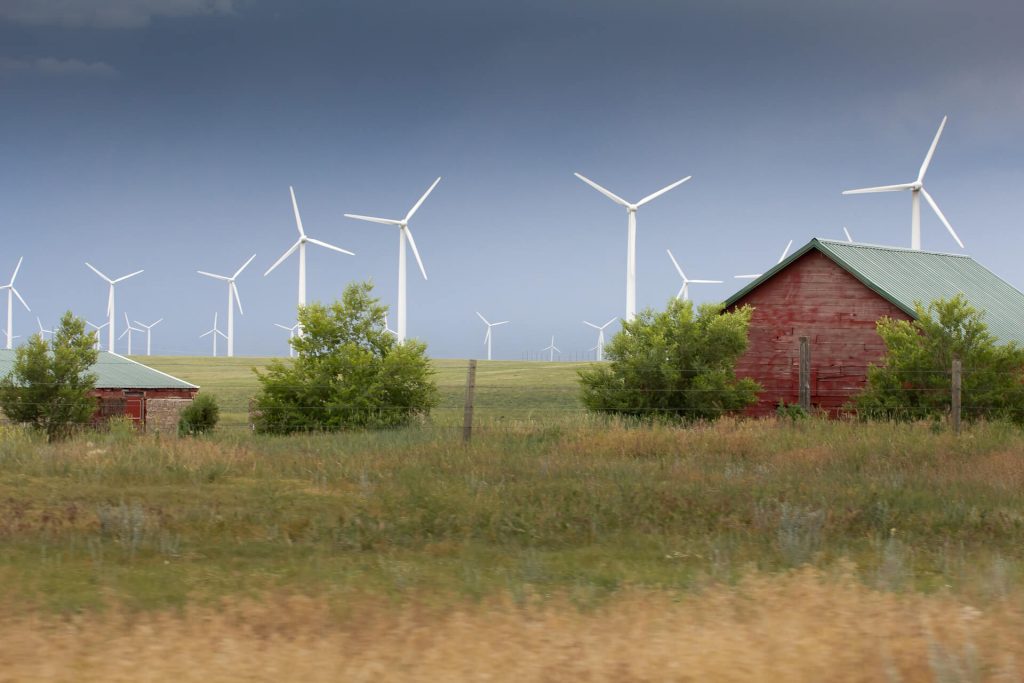
Resource Assessment
For wind energy, ArcVera is mostly known for its meteorological and energy resource assessment speed, fidelity, and accuracy, according to Bosche.
“That’s kind of our bread and butter,” he said. “But we’re also involved on the engineering side of things. We do a lot of independent engineering associated with project finance, including technology risk analysis. We do due diligence related to mergers and acquisitions or just the sale of a project. Part of that is we do a lot of wind-turbine technical due diligence design review.”
Other tasks that ArcVera performs involve failure analysis as part of a warranty or insurance claim, according to Bosche.
“Sometimes we even engage as an expert witness in an arbitration, when those come up,” he said.
Power Performance Testing
Another major aspect of ArcVera’s expertise is power performance testing, according to Bosche, which the company has been doing since 2001.
“We have a deep bench and a lot of knowledge when it comes to power performance testing,” he said.
Most of ArcVera’s power performance testing still involves legacy techniques with met masts, though the company is seeing an increase in testing with Lidar as well; Lidar was recently approved as a viable option for wind measurement.
“Lidar can save a good bit of money, and it can make things easier for sure,” he said. “For sure, it’s an emerging trend. And, even newer, is doing tests with the nacelle Lidar. I was on the standards committee that wrote the standard for how to take wind measurements using the nacelle Lidar.”
An interesting aspect of wind energy is that the technical methods used can often come full circle with innovative advancements, according to Bosche.
“Everything old becomes new again,” he said. “Another topic I worked on with the standard committee 10 or 15 years ago was doing a test using the nacelle anemometer. That kind of fell out a favor for a lot of years, but now we’re seeing renewed interest in doing nacelle anemometer testing.”
Even with its involvement on the technical side of things on a wind farm, ArcVera also has experience in repowering wind farms, as well as decommissioning them, according to Bosche.
“We have a financial analyst, so we do financial analysis that often goes together with the due diligence or project optimization work we do, such as with hybrid renewables projects; however, we’re not attorneys; we’re not accountants; we’re not involved in that part of the commercial side of the industry,” he said.
Deep Roots
ArcVera has been a company since 2017, but its roots go back to near the very infancy of commercialized wind energy in 1979, which means the expertise that makes up ArcVera spans decades, according to Bosche.
“The vast majority of people on our staff have at least 10 years of experience, and many of us have 30 or more years of experience,” he said. “But generally, with a few exceptions, the vast majority of our staff have more than 10 years of experience, and they are senior, recognizable people in the industry. This experience leads to insights that many cannot otherwise benefit from.”
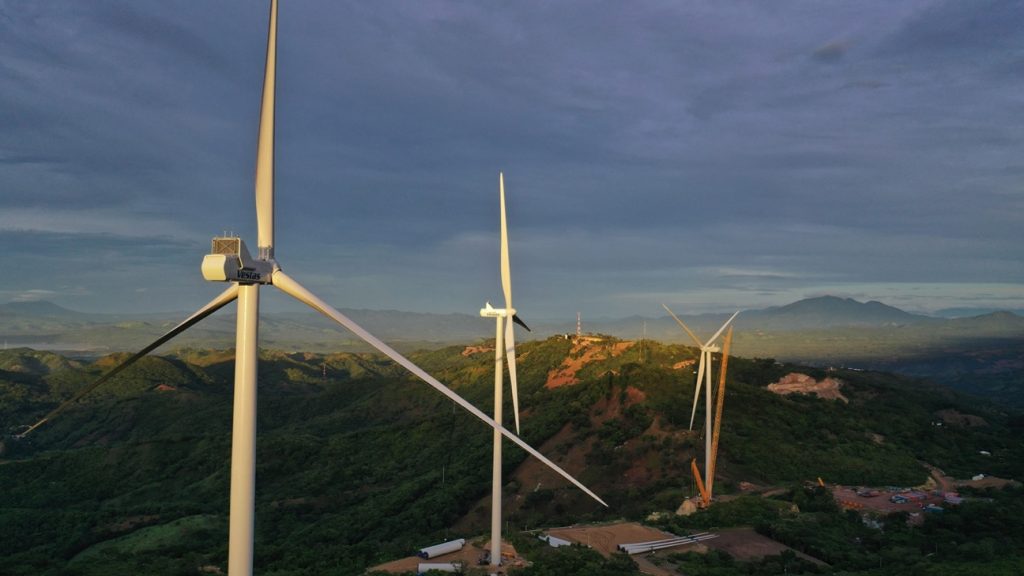
ArcVera then takes that expertise and meshes it with its clients’ needs, according to Bosche.
“We are responsive to deadlines — we always meet deadlines that we commit to,” he said. “And we are flexible. If a client wants something that’s not quite part of the standard analysis, the answer is always yes. We’ll do what they need. We are very attentive to client needs, and that goes along with that very senior scientific knowledge.”
Bosche also points out that even though ArcVera’s beginnings are in the U.S., the company very much has an international presence.
“Our roots are in the U.S. and it’s definitely still where most of our work is, but we have offices now formally formed in Brazil, South Africa, and India,” he said. “And from there, we do work elsewhere in South America from the Brazil office, elsewhere in Africa from the South Africa office, and elsewhere in Asia Pacific from the India office. The Brazil office has been around for over a decade, and it is a significant portion of our overall business at the company. The South Africa and India offices are newer and they’re growing quickly. We are dedicated to the global success of the renewables business.”
Evolving with the Industry
ArcVera and the companies that make up its history have definitely come a long way from the beginnings of the industry, according to Bosche.
“At the very beginning, people literally were measuring the wind using kites,” he said. “And analysis was done with pencil and paper or spreadsheets at best. We’ve had to adapt and evolve, and we’ve actually tried to be thought leaders and lead the way as methods advanced to better ways of measuring the wind, better ways of analyzing it with better computer models.”
For wind flow modeling, for example, ArcVera doesn’t use linear models or CFD models that don’t properly account for atmospheric stability, according to Bosche.
“You can kind of trick them into accounting for atmospheric stability, but we use a full physics atmospheric model called WRF, and it is far and away the most accurate way of modeling wind flow across the wind site.”
And although other companies use WRF or run mesoscale models that account for atmospheric stability, ArcVera runs it at a much higher resolution, according to Bosche.
“We run it at a 200-meter resolution or better, which is kind of comparable to the scale of an actual wind turbine,” he said. “With that resolution, you can really see the variation of wind across the site at the relevant scale of the optimization of wind turbine placement.”
The result of that increased resolution means specific modeling points are included and captured in the model, where in, for example, a more common resolution of 1 to 1.5 kilometers may miss certain topographical features that could essentially interfere with a wind farm’s energy production, according to Bosche.
“We feel like we really are industry-leading when it comes to wind flow modeling and other types of analysis,” he said.
ArcVera has also been researching wake modeling, with Bosche saying the company has done some cutting-edge research to show that wakes persist much longer and much farther than legacy wake models have suggested in the past, especially with offshore wind.
And the same can be said with ArcVera’s goal to stay current along the engineering side of the wind industry, according to Bosche.
“As I mentioned, I’m on the IEC committee that writes the standards for how to do power curve testing, and I’m regularly meeting with the world’s best experts on power curve testing and staying current with cutting-edge technology, whether it’s nacelle Lidar, ground-mounted Lidar, etc.,” he said. “We are staying current with technology and even leading the industry to develop that new technology.”
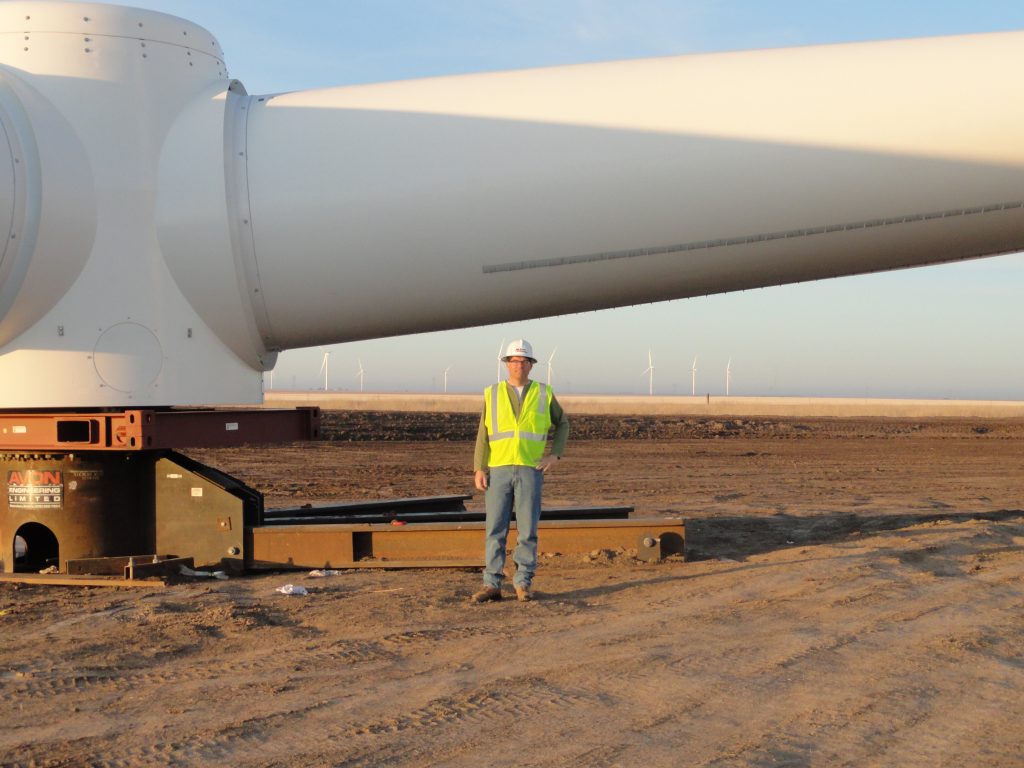
Customer Needs
Staying on top of that technology also goes hand-in-hand with staying flexible with customers’ needs, no matter if those needs involve a common task or something unique to the client, according to Bosche.
“Sometimes there are recurring tasks; if somebody wants a bankable wind resource assessment, and it’s in flat terrain in Kansas, it’s kind of turn the crank but we can usually find something unique to address — we’ve done that a hundred times before, and we can do it again,” he said. “But often, the requests are much more complicated than that — maybe they don’t have very much wind data collected on site yet, the terrain and meteorology are complex, or maybe it’s a site with some unusual ice conditions or something like that. We always strive to do what the client needs and not just try to fit their project into a box of a standard product that we have available. We start with the custom needs of the client. If there’s something off the shelf or standard that can work for them, great. But we don’t ever make that assumption at the beginning of our project.”
Offshore Development
And as more offshore wind projects grow off the U.S coast, Bosche said ArcVera is making waves in that development as well.
“We have a dedicated business development person for offshore,” he said. “We have engineers with offshore experience; we have meteorologists with offshore experience. We’ve tailored all of our meteorological modeling to be relevant for offshore. I mentioned the nacelle Lidar power curve testing that we’ve been involved with. That’s the appropriate way to do a power curve test offshore, so we’re fully set up and ready to go for doing power curve testing offshore. We have the pieces in place. We have actually worked on quite a few offshore projects already, and it’s growing quickly.”
And with those developments, Bosche said he predicts a very bright future for ArcVera in not just wind, but all across the renewables sector, solar, storage, and green hydrogen.
“At least for the next 10, 20 years, we anticipate being very busy,” he said. “Our goal is to — and it’s written into our culture statement — use our brains to help our clients accelerate the deployment of renewable energy globally. That’s our intention always.”
From a consulting firm perspective, Bosche said he has seen competitors get acquired by multinational consulting firms, while ArcVera has continued to stay modest in size, which has been essential to ArcVera’s success.
“We continued to stay nimble while they were growing and being acquired and consolidating, and that was part of why V-Bar and Chinook Wind merged back in 2017, so that we could grow in the face of a consolidating industry,” he said. “It allows us to do more R&D. That R&D is absolutely critical to innovation and making our customers more successful. We spend a significant fraction of our annual revenue on R&D to stay at the forefront of the industry, and we’ve been able to do that because of scale. And we think it makes an interesting place for us in the industry as a really 100 percent, renewables-focused, independent consulting firm, but with the scale to have an international presence and to do good R&D.”
More info arcvera.com
















